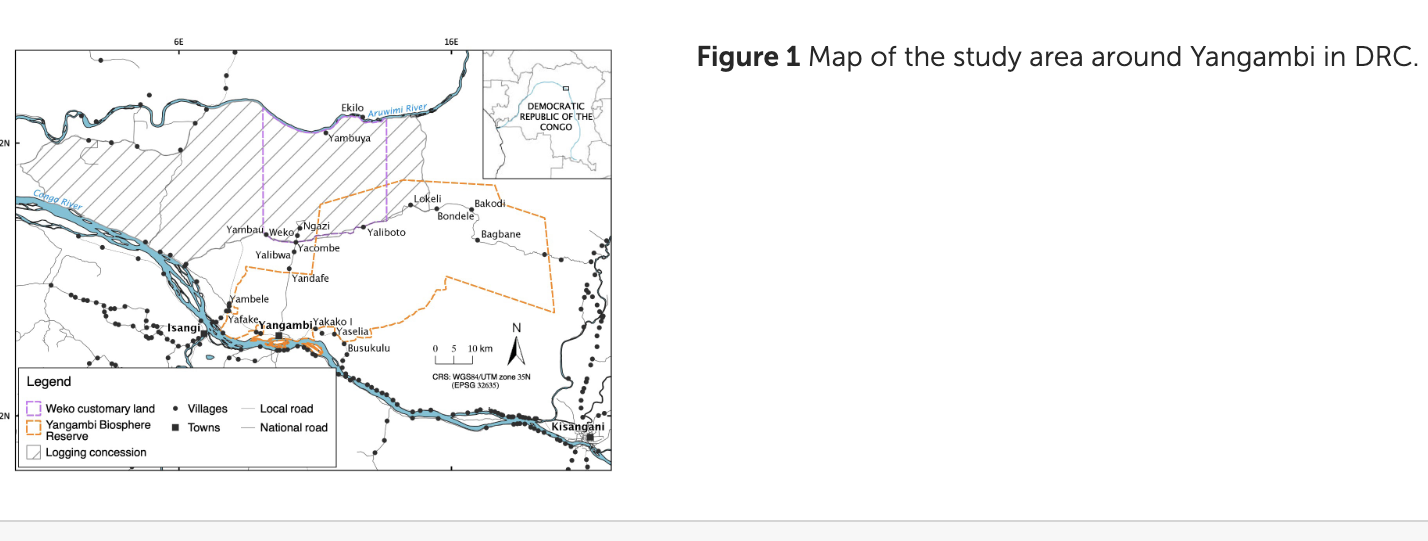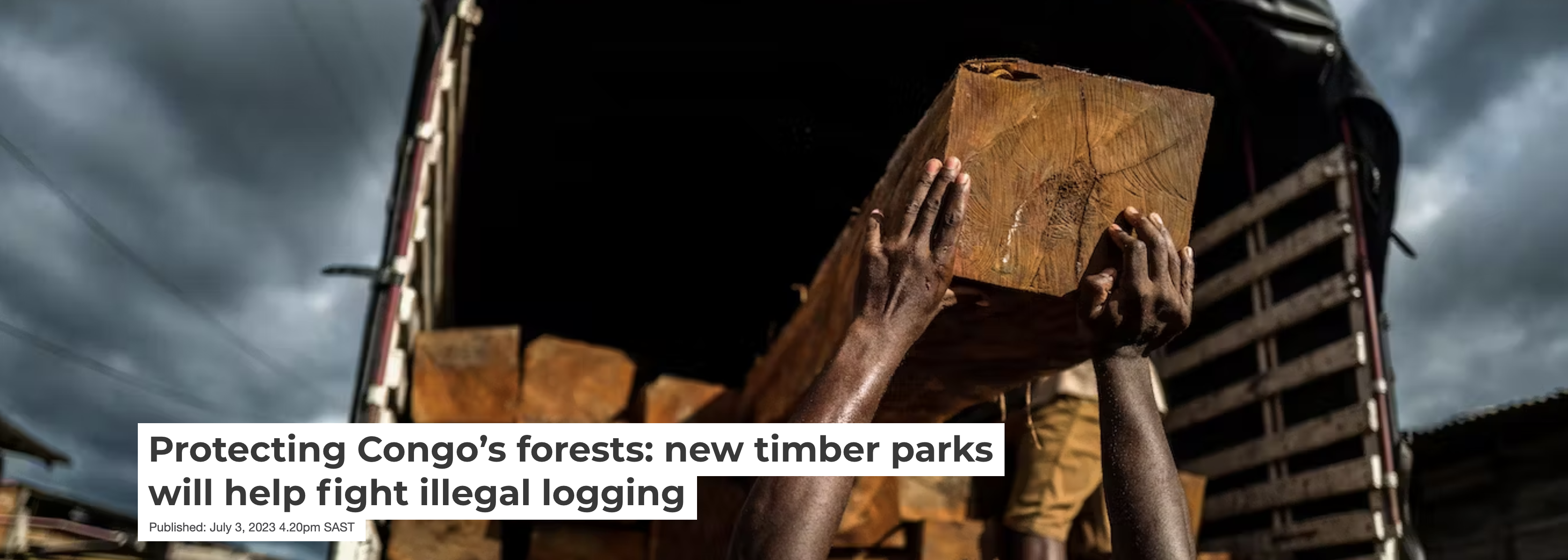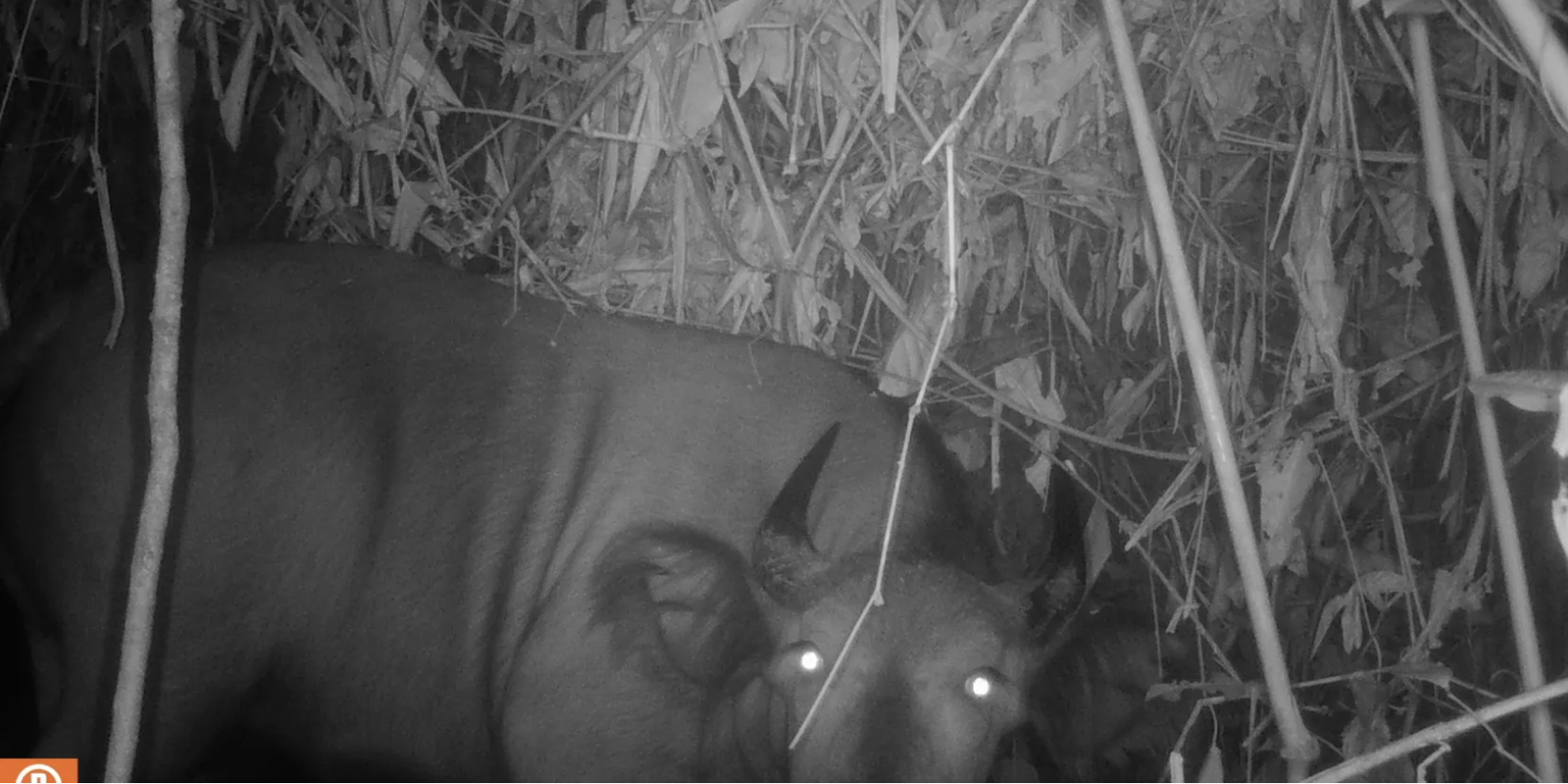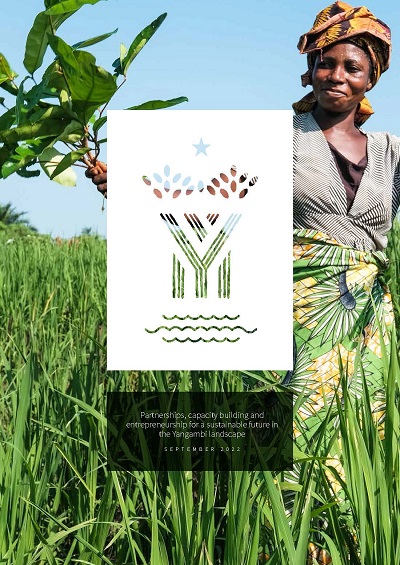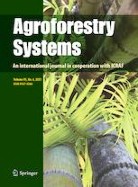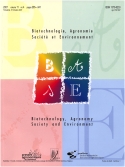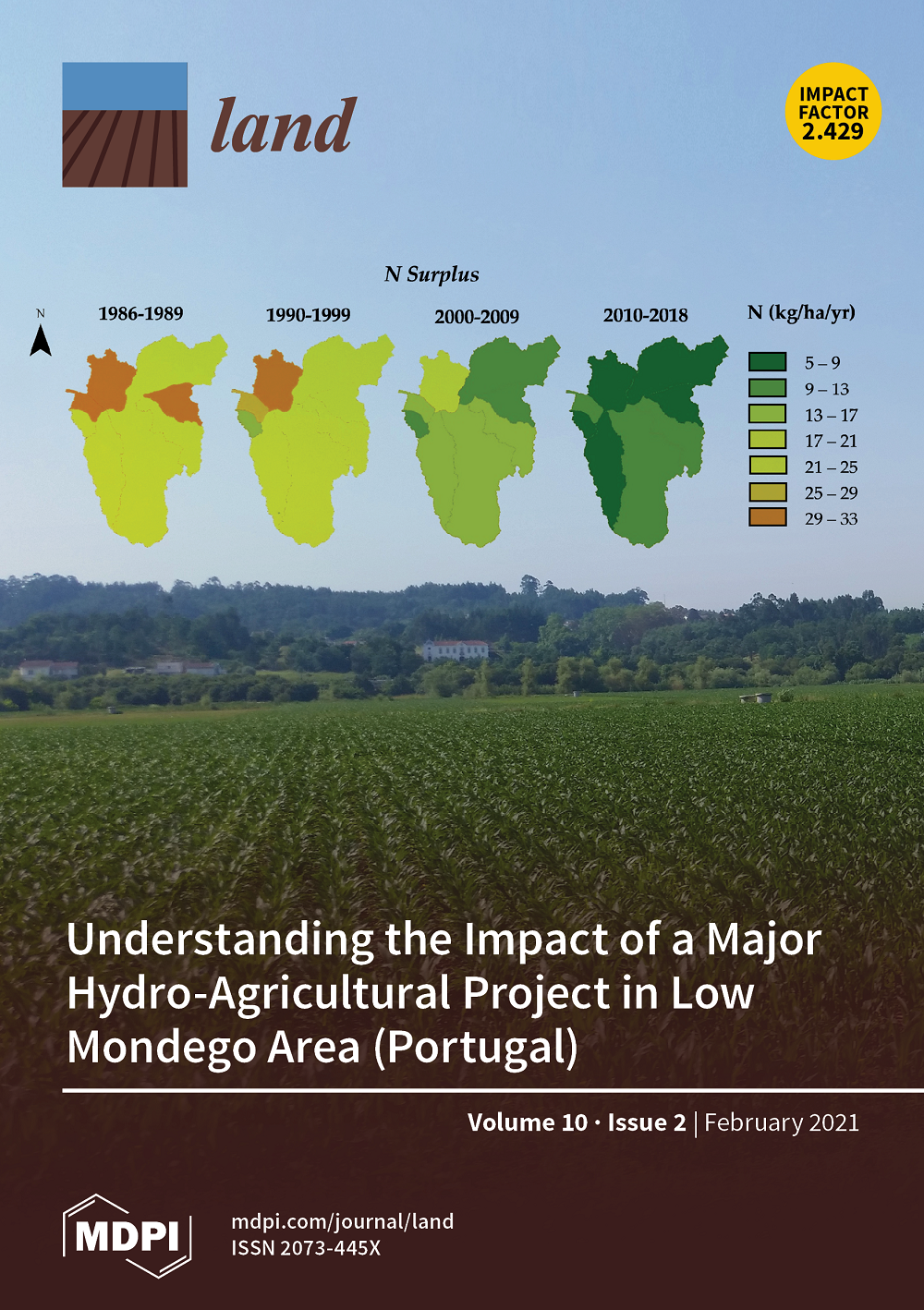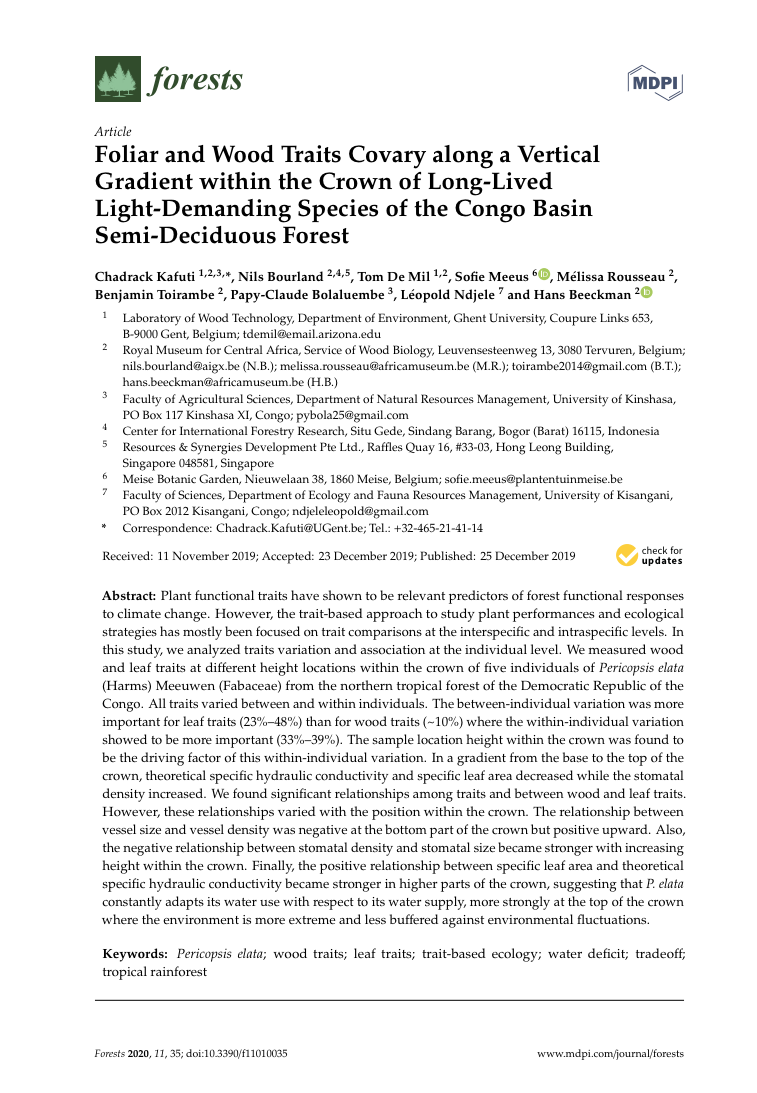
The Democratic Republic of the Congo (DR Congo or DRC) has some of the most fertile soils in Africa to cultivate cacao, an important cash crop and source of income for many smallholder farmers. Although cacao is currently produced there on small scale, DRC has the potential to grow as a cacao-producing country, thereby supplying the increasing cacao demand in the global market. Since the introduction of cacao varieties in the late nineteenth century, selection and breeding experiments have been carried out based on phenotype, without any knowledge on the genetic background of the cultivars. Therefore, this study analyzes 62 Congolese accessions of the Centre de Recherche de Yangambi (CRY) and 51 accessions of international collections representing 10 reference groups and Trinitario cultivars using 14 microsatellite markers. Descriptive statistics revealed a high gene diversity and polymorphic information content (PIC) for most of the markers, of which mTcCIR 12, 37, and 60 were the most discriminative. Both Bayesian clustering and principal coordinate analysis (PCoA) revealed high-admixed ancestry of the CRY cultivars. The collection was divided in two clusters, of which the first formed a hybrid population, linked to Amelonado, Trinitario, Marañόn, and Nanay, and the second was assigned to predominantly Amelonado, followed by Nanay, Contamana, and Nacional. This high admixture level resulted from numerous hybridization and recombination events that took place in the previous century. The obtained knowledge is essential for efficient conservation, utilization, and selection of high-quality cacao cultivars, which are agronomical favored, disease resistant, and of superior flavor quality.

